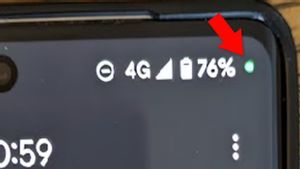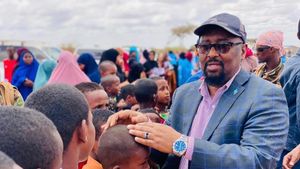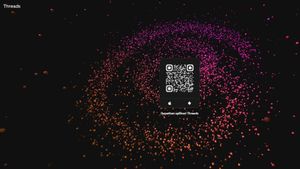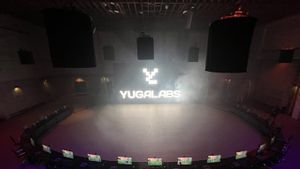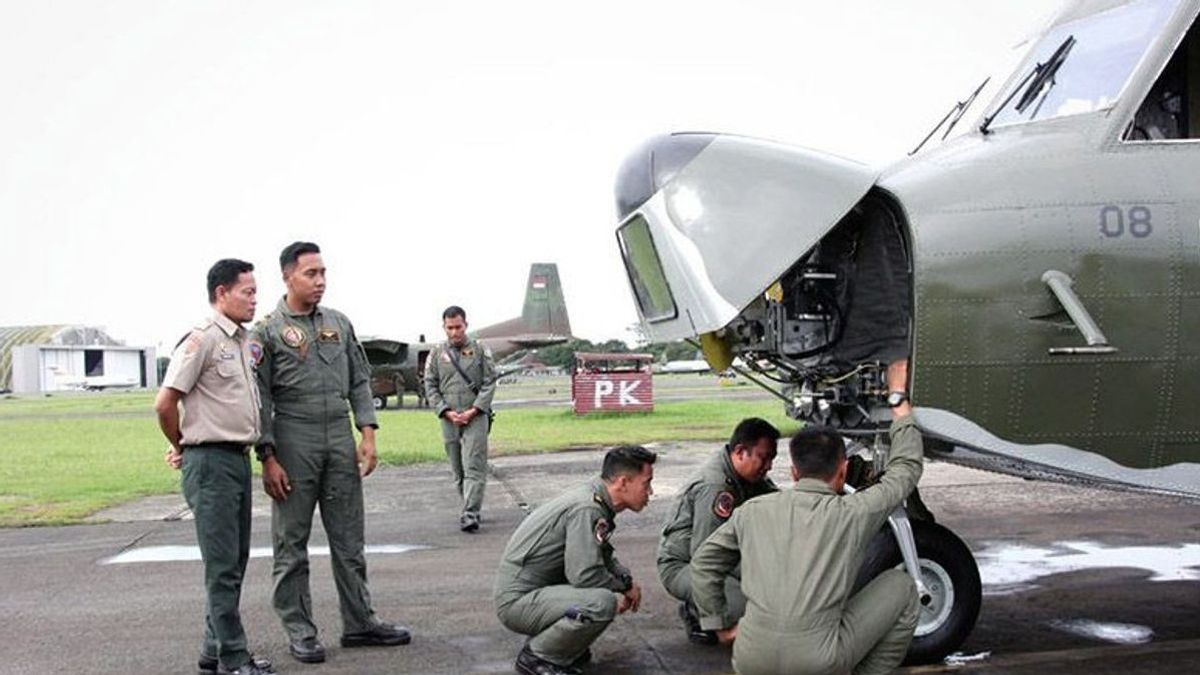
YOGYAKARTA - Air pollution in Jakarta is a serious problem that must be addressed immediately. The Indonesian government has begun to operate weather modifications to reduce air pollution in urban areas in Jabodetabek (Jakarta, Bogor, Depok, Tangerang, and Bekasi). What is the weather modification technology and how it works?
The government has implemented weather modification technology to tackle and address the problem of high air pollution. BRIN Weather Modification Technology Management Laboratory Coordinator, Budi Harsoyo, revealed that the government has sowed 800 kilograms of salt in Cianjur Regency, Central Jakarta, South Jakarta, Depok.
Salt sprinkling through weather modification technology is carried out from an altitude of about 10,000 feet. This method is applied to expect the formation of cloudy clouds. Because with rain, the level of air pollution can be reduced. So what is the weather modification technology like to reduce air pollution?
Weather Modification Technology is a method used by humans to change weather conditions with a certain purpose. The purpose of using this technology is to allow the desired weather to occur.
Based on the BRIN page, weather modification technology is intended to increase or reduce the intensity of rainfall in an area (increasing rain or reducing rain).
Weather Modification Technology has existed since 1977. At that time, the second Indonesian President, Suharto, was inspired by the progress of the agricultural sector in neighboring Thailand. After being investigated, it was revealed that progress in Thai agriculture had been driven by weather modifications.
Budi Harsoyo said that the rainfall was the most effective way to overcome or reduce air pollution. If waiting for rain in the dry season will take a long time, then the use of weather modifications will be carried out.
Weather modification technology can interfere with atmospheric stability due to the effect of panning in the form of dry ice at certain heights. Because there is no temperature difference at that height point or isotherm, it then creates an inversion layer.
"Well, this is what we will disturb, open like that, so that the collections of pollutants confined around the Jakarta area can continue to go up," Budi said, as quoted by Antara.
Meanwhile Andri Ramdhani, Head of the BMKG Public Meteorology Center, said that the opportunity for weather modification is still open. However, there are tough challenges due to the dry season conditions, which are minimally cumulus clouds, which are targets of saja salt.
관련 항목:
Andri also explained that the relative publicization of the upper layer is dry and convectively active with low potential energy. From the results of atmospheric modeling for the next two days, it can be seen that there are opportunities for rain in the South Tangerang and Bogor areas.
"We hope that the wind will bring the clouds moving towards Jakarta, because the weather modifications cannot shift the clouds, but can expand the rain coverage area," said Andri.
The working principle of weather modification technology involves efforts to control rain events in the intended area. This is achieved by stimulating the potential of rain clouds in the atmosphere through salt seeding into rain clouds, so that rain can occur in certain areas.
Based on the website of the Directorate General of State Assets of the Ministry of Finance, researchers are developing a method of sending material to clouds from the ground. These methods include the use of the Ground Based Generator (GBG) and Flare Tree tools for static approaches.
The two methods are carried out in a similar way, namely including Semai materials into the clouds, by utilizing orographic clouds and clouds that grow in mountainous areas as the main targets.
Such is the review of weather modification technology to reduce air pollution. This technology has been implemented in several countries, such as China, India, South Korea, and Thailand. Meanwhile, in the country, this is the first time it has been implemented in the Greater Jakarta area.
The English, Chinese, Japanese, Arabic, and French versions are automatically generated by the AI. So there may still be inaccuracies in translating, please always see Indonesian as our main language. (system supported by DigitalSiber.id)


